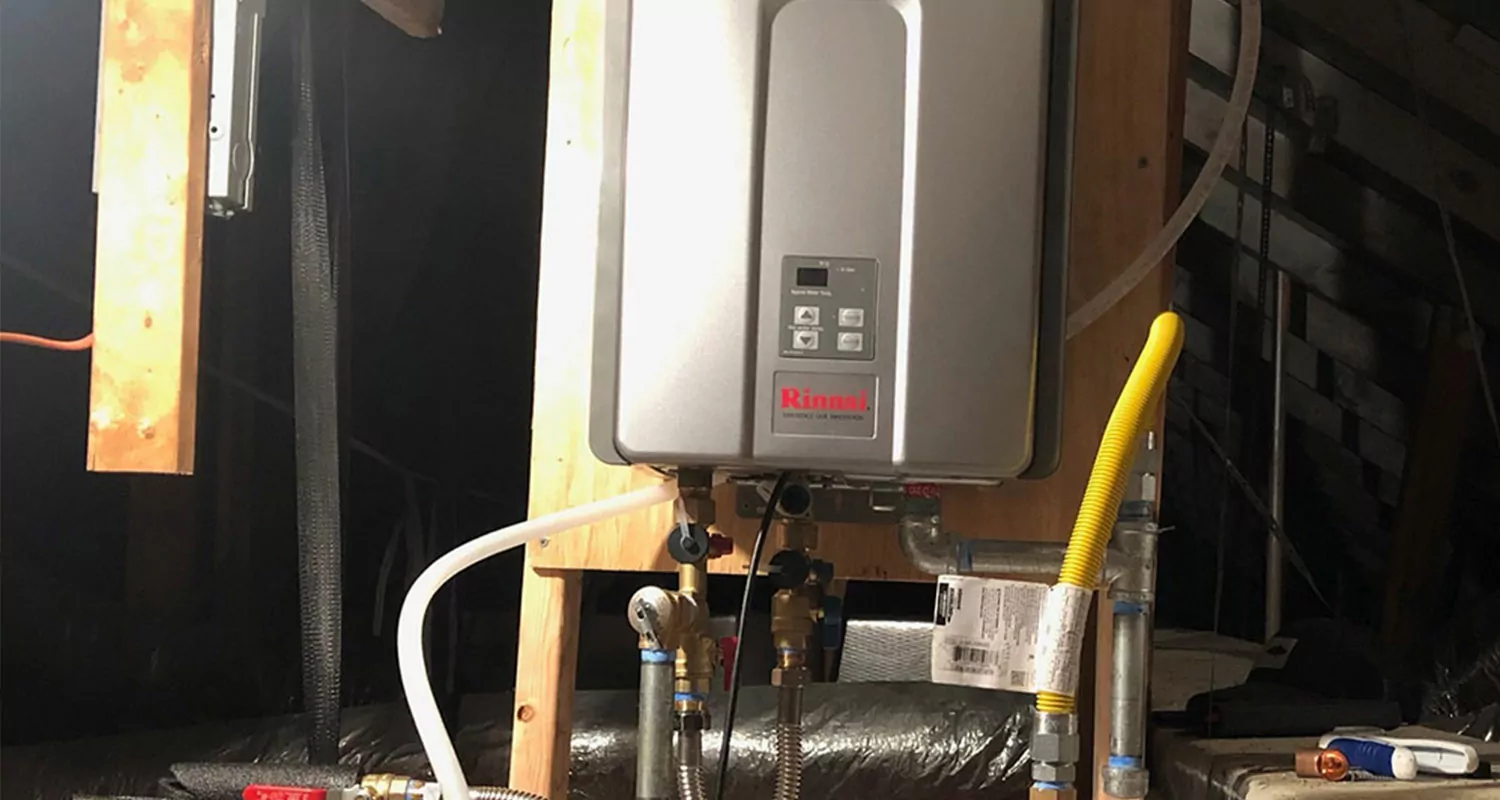How to Maintain Your Home's Hot Water System Properly
How to Maintain Your Home's Hot Water System Properly
Blog Article
Are you in search of help and advice about Tips For Maintaining Your Hot Water Heater?

Hot water is important for day-to-day comfort, whether it's for a rejuvenating shower or cleaning dishes. To guarantee your hot water system runs effectively and lasts longer, routine upkeep is key. This post gives useful pointers and insights on exactly how to keep your home's hot water system to prevent disturbances and costly repair work.
Intro
Keeping your home's hot water system could appear difficult, yet with a couple of easy steps, you can guarantee it runs smoothly for many years ahead. This overview covers everything from understanding your hot water system to do it yourself upkeep tips and understanding when to employ specialist aid.
Importance of Maintaining Your Hot Water System
Routine maintenance not only prolongs the life-span of your warm water system yet also ensures it operates successfully. Neglecting maintenance can result in reduced effectiveness, greater power costs, and also premature failing of the system.
Indicators Your Warm Water System Demands Upkeep
Knowing when your hot water system needs interest can stop significant problems. Watch out for indications such as irregular water temperature level, strange noises from the heating system, or rusty water.
Flushing the Water Heater
Flushing your hot water heater eliminates debris accumulation, enhancing effectiveness and extending its life.
Checking and Replacing Anode Rods
Anode rods avoid rust inside the storage tank. Examining and replacing them when worn out is crucial.
Complex Concerns Requiring Professional Aid
Instances include major leaks, electric troubles, or if your hot water heater is constantly underperforming.
Routine Professional Upkeep Conveniences
Expert maintenance can include comprehensive evaluations, tune-ups, and ensuring conformity with security standards.
Inspecting and Readjusting Temperature Settings
Adjusting the temperature level settings ensures optimum performance and safety.
Do It Yourself Tips for Upkeep
You can perform a number of upkeep tasks yourself to maintain your warm water system in top problem.
Checking for Leakages
On a regular basis examine pipelines and connections for leaks, as these can bring about water damages and higher expenses.
Understanding Your Warm Water System
Before diving right into maintenance jobs, it's valuable to understand the standard components of your warm water system. Generally, this consists of the water heater itself, pipes, anode rods, and temperature level controls.
Regular Monthly Upkeep Tasks
Regular month-to-month checks can help capture minor issues prior to they intensify.
Testing Stress Relief Valves
Checking the pressure safety valve ensures it works appropriately and avoids too much pressure accumulation.
Shielding Pipes
Insulating warm water pipes lowers warm loss and can save power.
When to Call a Professional
While do it yourself upkeep is helpful, some problems require professional proficiency.
Conclusion
Normal upkeep of your home's hot water system is necessary for performance, longevity, and price savings. By following these ideas and recognizing when to seek professional assistance, you can make certain a reputable supply of warm water without unanticipated disruptions.
How to Maintain an Instant Hot Water Heater
Before tinkering with your hot water heater, make sure that it’s not powered on. You also have to turn off the main circuit breaker and shut off the main gas line to prevent accidents. Also turn off the water valves connected to your unit to prevent water from flowing into and out of the appliance. 2. When you’re done, you have to detach the purge valves’ caps. These look like the letter “T†and are situated on either side of the water valves. Doing so will release any pressure that has accumulated inside the valves while at the same time avoid hot water from shooting out and burning your skin. 3. When the purge valves’ caps are removed, you have to connect your hosing lines to the valves. Your unit should have come with three hoses but if it didn’t, you can purchase these things from any hardware or home repair shops. You can also get them from retail stores that sell water heating systems. Read the user’s manual and follow it to complete this task properly. When the hosing lines are connected, open the purge port’s valves. 4. You should never use harsh chemical cleaners or solutions when cleaning your unit. Make use of white vinegar instead. It should be undiluted and you’ll probably use about 2 gallons. 5. Now flush your water heater. This task should probably take about 40 minutes. We can’t give you specific directions for this because the procedure is carried out depending on the type, model and brand of your heater. With that being said, refer to the user’s manual. 6. When you’re done draining the unit, you have to turn off the purge port valves again. Remove the hosing lines that you earlier installed on each of the water valves. Put the valve caps (purge port) back in their respective places and be very careful so as not to damage the rubber discs that are found inside these caps. 7. Now that everything’s back in place, check your user’s manual again to find out how to reactivate your water heating system. 8. Once it is working, turn one of your hot water faucets on just to let air pass through the heater’s water supply pipes. Leave the tap on until water flows smoothly out of it. https://www.orrplumbing.com/blog/2014/september/how-to-maintain-an-instant-hot-water-heater/

I ran across that blog post on Tips For Maintaining Your Hot Water Heater while doing a search on the web. Do you know anybody else who is in to the subject? Feel free to share it. We appreciate your readership.
Information Report this page